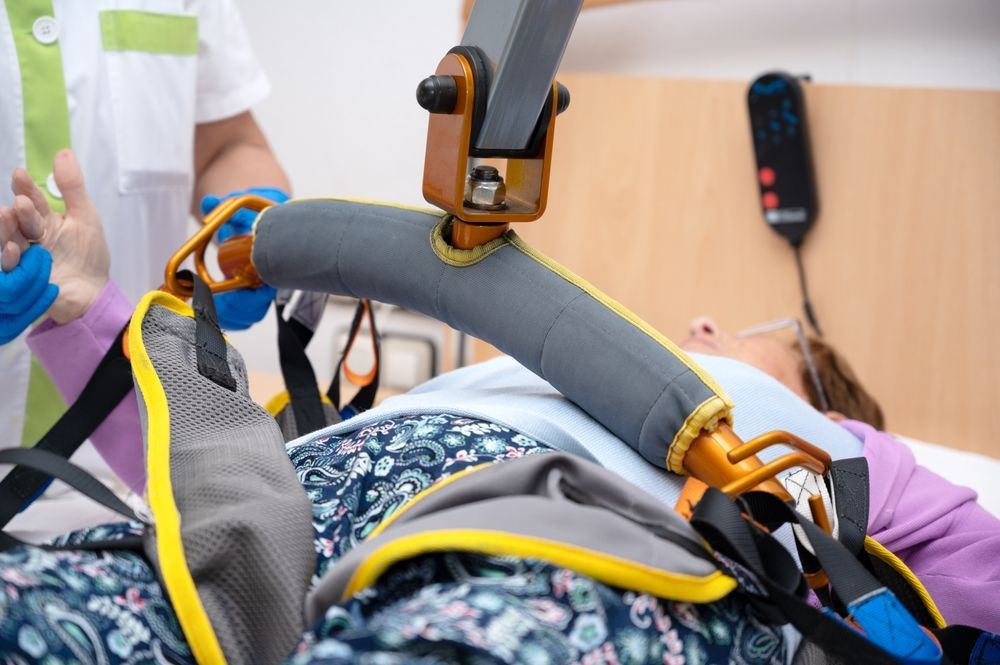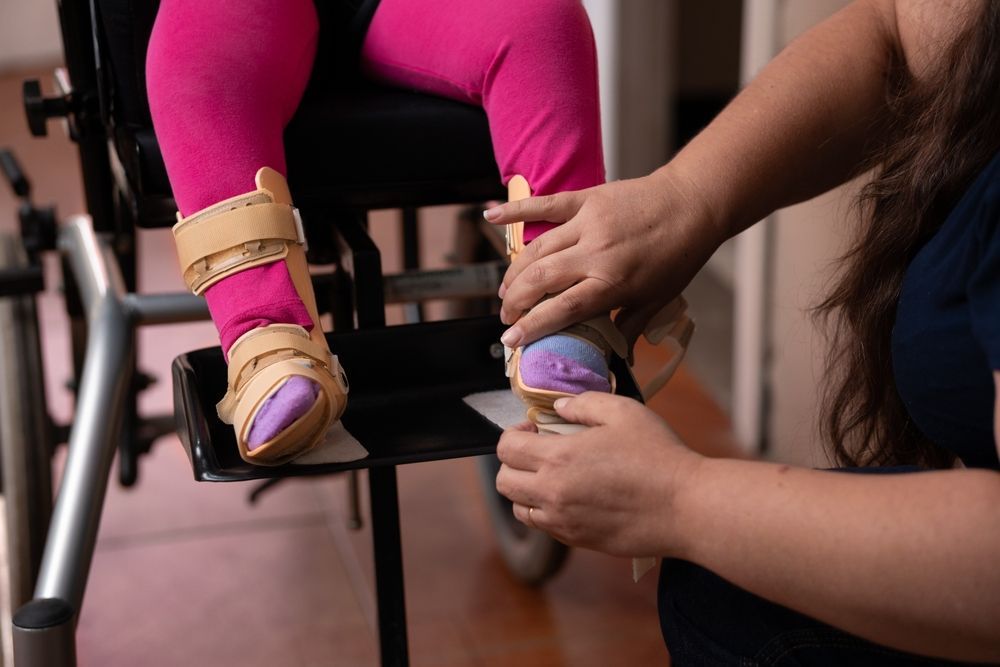Moving and Handling: The Ordinary and the Extraordinary
Moving and Handling: The Ordinary and the Extraordinary
When we talk about moving and handling, it is often reduced to a checklist of tasks — lifting, transferring, repositioning. But for those of us working closely with clients and care teams, we know it is much more than that.
Moving and handling is the foundation that keeps people safe, comfortable and dignified in the ordinary moments of everyday life — and it is also the key to enabling the extraordinary moments that give life meaning and joy.

The Ordinary
The ordinary side of moving and handling is vital but often underestimated. It includes:
- Repositioning to maintain healthy posture and prevent pressure ulcers.
- Supporting transfers between bed, chair, toilet or vehicle in ways that reduce the risk of injury to both the person and the staff involved.
- Using the right equipment correctly and consistently to promote independence wherever possible, while maintaining safety.
When these ordinary practices are done well, the impact is significant: reduced musculoskeletal injuries for carers, greater trust between clients and staff, and fewer avoidable complications for people who rely on support.
The Extraordinary
Yet the true power of moving and handling lies in how it can turn the extraordinary into reality.
It is the enabler for experiences that many families never imagined possible:
- Going on holiday for the first time, with careful planning, appropriate equipment, and a confident, skilled team making flights, hotel stays and unfamiliar environments accessible.
- Feeling the water in a hydrotherapy pool, supported safely by people who understand how to handle transfers with care and dignity.
- Enjoying a family day out, accessing a community event, or simply getting into a car without pain or fear of mishandling.
- Trying something adventurous — like a zip line or adapted sports — knowing that risk has been thoughtfully balanced with opportunity and choice.
These moments lift spirits, strengthen relationships, and remind everyone involved that moving and handling is never just about the physical task — it’s about enabling a life worth living.
More Than a Technique
Safe, person-centred moving and handling is more than just technique. It is an ongoing process of assessment, planning, training and reflection. It requires:
- A clear understanding of biomechanics, legislation and risk management.
- Individualised strategies that can be adjusted as a person’s health needs change.
- Effective multi-disciplinary working, where moving and handling practitioners, occupational therapists, physiotherapists and support staff collaborate to keep the person’s wishes central while protecting everyone’s wellbeing.
- A culture where staff feel empowered to speak up, seek advice and access up-to-date training.
When the ordinary is robust, the extraordinary becomes achievable — safely and sustainably.

Final Thoughts
For professionals, this means seeing moving and handling as integral to every aspect of care, not a task to tick off. It is how we help people be where they need to be — and where they want to be — with comfort, dignity and freedom of choice.
If you feel colleagues would benefit from reading this blog please share with them by clicking any of the sharing options below. It would be very much appreciated. Thank you.
I’d love to speak to you about certified healthcare training solutions for you or your team. Get in touch to discuss how I can help you.
Subscribe to SupportiveAction Spotlight
Don’t miss out on any of my future events! Subscribe now and be part of a community committed to professional growth and development. Stay informed, stay certified, and stay ahead.




